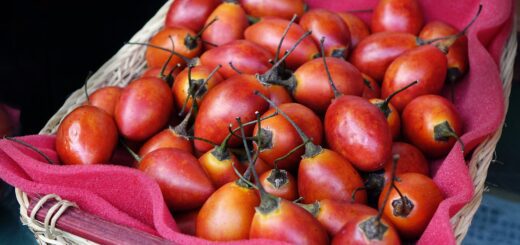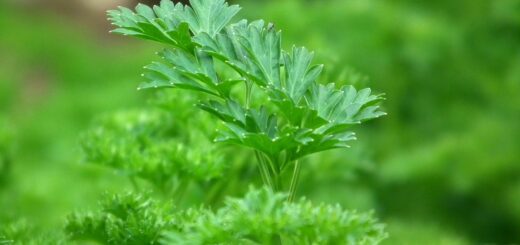Good King Henry
The Good King Henry , or sometimes known as ‘poor man’s asparagus’, is a perennial that produces edible shoots and spinach-like leaves. Once common in gardens, it’s something of a rarity today. Also known as Lincolnshire Spinach, the genus has been up for debate in recent years but it is best known as Blitum bonus-henricus (syn. Chenopodium bonus-henricus). Grown for centuries in European kitchen gardens, Good King Henry fell out of favour (but not flavour) at the turn of the 20th century. As is often the case, this once-loved vegetable is now relegated to ‘weed status’ in most gardens, but it has a good story to tell.

Image courtsesy of Wikipedia
First up, it is edible all over – shoots, leaves, flower buds, and seeds. While the raw leaves are somewhat bitter and contain oxalic acid (and therefore should be eaten in moderation when uncooked), the leaves can be included in a mixed green salad. They can also be cooked – typically steamed – which destroys the oxalic acid. New shoots can be cut and cooked like asparagus and the flowering stalks are a good stand-in for broccoli.
Good King Henry is a good ground-cover when planted 30cm apart. Maximum height is 70cm and it is viable in partial shade or full sun. It will out-compete grass in your garden and has a reasonably large taproot for accumulating minerals from your soil. A green/gold dye can be obtained from the whole plant as well. Finally, if you’re struggling with parasitic worms, people have used it to weaken the worms in the human body.
Check out more information from these great sources:
http://www.motherearthliving.
http://natureandnurtureseeds.
http://tcpermaculture.














